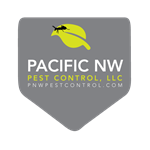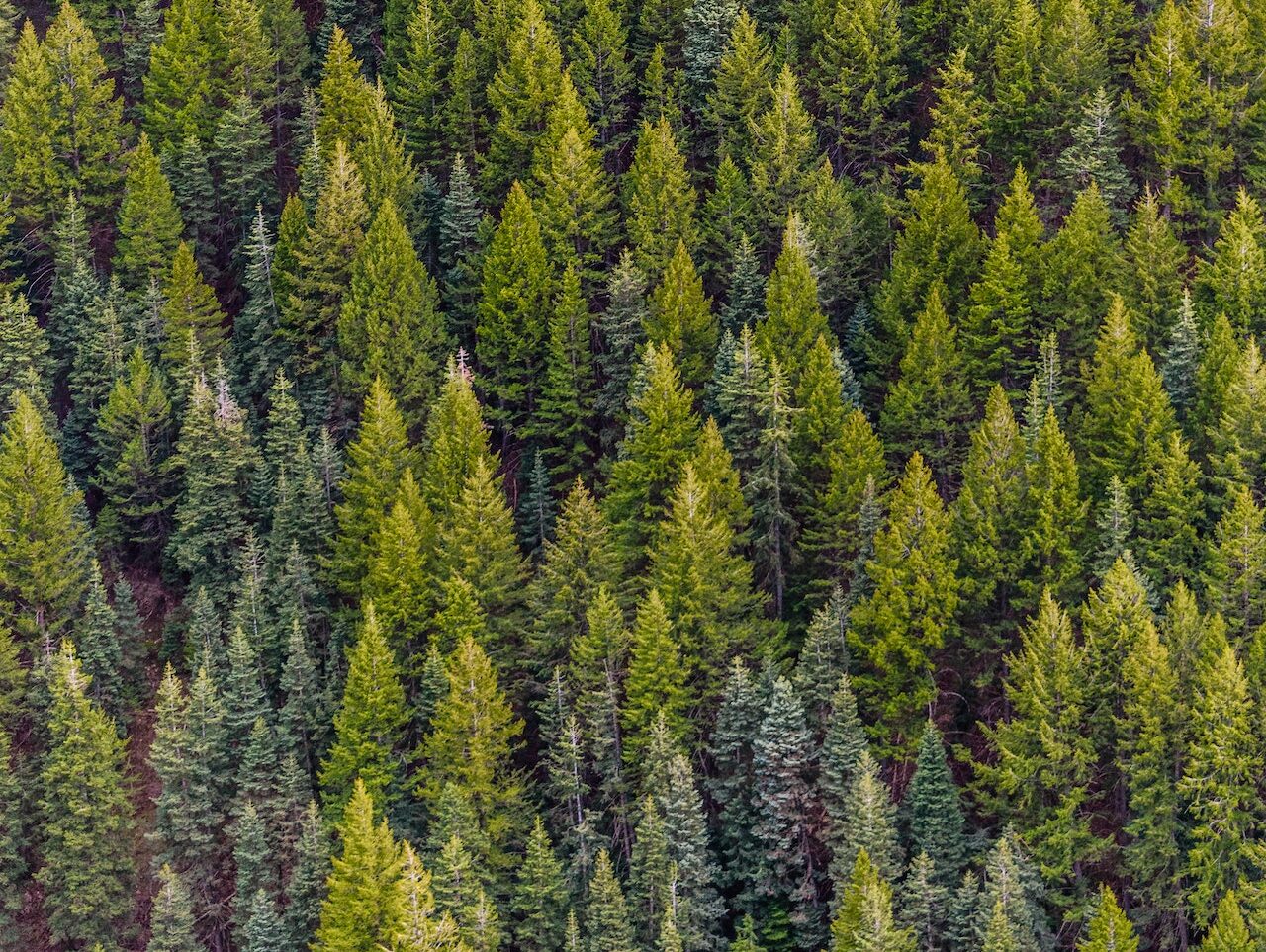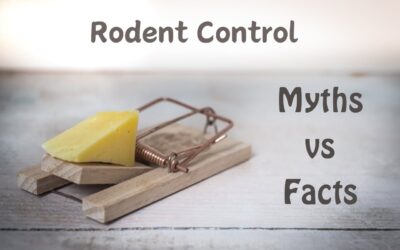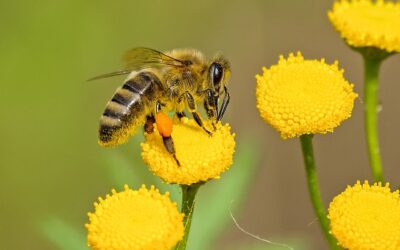The Pacific Northwest region of the United States has long been characterized by its lush forests, productive agriculture, and unique ecosystems. However, the region is now facing a growing and evolving threat – the impact of climate change on its native and invasive pest populations. As temperatures rise, precipitation patterns shift and weather extremes become more frequent, the PNW is witnessing significant changes in its pest dynamics.
Warming Winters and Bark Beetles
The Pacific Northwest’s winters have historically been characterized by cold temperatures that helped keep pest populations in check. However, rising winter temperatures have created an ideal environment for bark beetles, particularly the mountain pine beetle. These pests are now thriving in areas that were once too cold for them, causing extensive damage to PNW forests. As the beetles infest and kill trees, they not only disrupt ecosystems but also contribute to increased wildfire risk.
Expanding Range of Invasive Species
The changing climate is allowing invasive pest species to expand their ranges into new territories within the PNW. For example, the European gypsy moth, which defoliates trees and poses a significant threat to forests, has been spreading into Oregon and Washington, potentially causing extensive damage to the region’s trees and ecosystems. Additionally, the spread of the spotted wing drosophila, a fruit fly that damages berry crops, threatens the PNW’s fruit industry.
Increased Disease Vectors
Warmer temperatures and altered precipitation patterns are also influencing the distribution and behavior of disease vectors in the Pacific Northwest. Ticks, which carry diseases like Lyme disease and anaplasmosis, are expanding their range as warmer conditions become more favorable for their survival. This poses health risks to both humans and wildlife in the region.
Altered Phenology and Crop Pests
Climate change is disrupting the timing of natural events, such as flowering and insect emergence, affecting crop pest populations in the PNW. Pests like aphids, which damage a wide range of crops, are now emerging earlier in the year due to warmer temperatures. This altered phenology can increase pest pressure and crop damage for farmers in the region.
Impact on Native Species
The changes in climate are not only affecting invasive pests but also native species in the Pacific Northwest. Some native insects are experiencing population declines due to altered habitat conditions and increased competition from invasive species. These changes can have cascading effects on the entire ecosystem, impacting birds, mammals, and other wildlife that rely on these insects as a food source.
Challenges for Forest Management
The changing pest dynamics in the Pacific Northwest pose significant challenges for forest management. Forests play a crucial role in mitigating climate change by sequestering carbon dioxide, but when weakened by pests, they become vulnerable to wildfires and less effective at carbon storage. Forest managers are faced with the complex task of balancing pest control measures with conservation efforts to maintain healthy forests.
Mitigation and Adaptation Strategies
To address the emerging threats posed by changing climate conditions on pests in the Pacific Northwest, several mitigation and adaptation strategies can be implemented:
- Monitoring and Early Detection: Implementing monitoring programs to track the spread and abundance of invasive pests can help identify emerging threats early, allowing for timely management interventions.
- Integrated Pest Management (IPM): Utilizing IPM practices that combine biological, chemical, and cultural methods to control pest populations can reduce the reliance on pesticides and minimize environmental impacts.
- Forest Restoration: Investing in forest restoration efforts to improve the resilience of forests can help mitigate the impact of bark beetles and wildfires, promoting healthier ecosystems.
- Research and Education: Supporting research on the interactions between climate change and pests and educating the public and stakeholders about emerging threats can facilitate informed decision-making.
- Climate-Resilient Agriculture: Developing and promoting crop varieties that are more resilient to changing climate conditions can help protect agricultural yields from increased pest pressures.
The Pacific Northwest is facing a rapidly changing pest landscape due to the impacts of climate change. From the devastating effects of bark beetles on forests to the expansion of invasive species and altered disease vectors, the region is confronting significant ecological and economic challenges. Mitigation and adaptation strategies, including monitoring, integrated pest management, forest restoration, research, and climate-resilient agriculture, are essential for addressing these emerging threats and safeguarding the unique ecosystems and industries of the Pacific Northwest. It is crucial that policymakers, researchers, and communities work collaboratively to mitigate the impacts of climate change on pests and protect the region’s natural resources.




